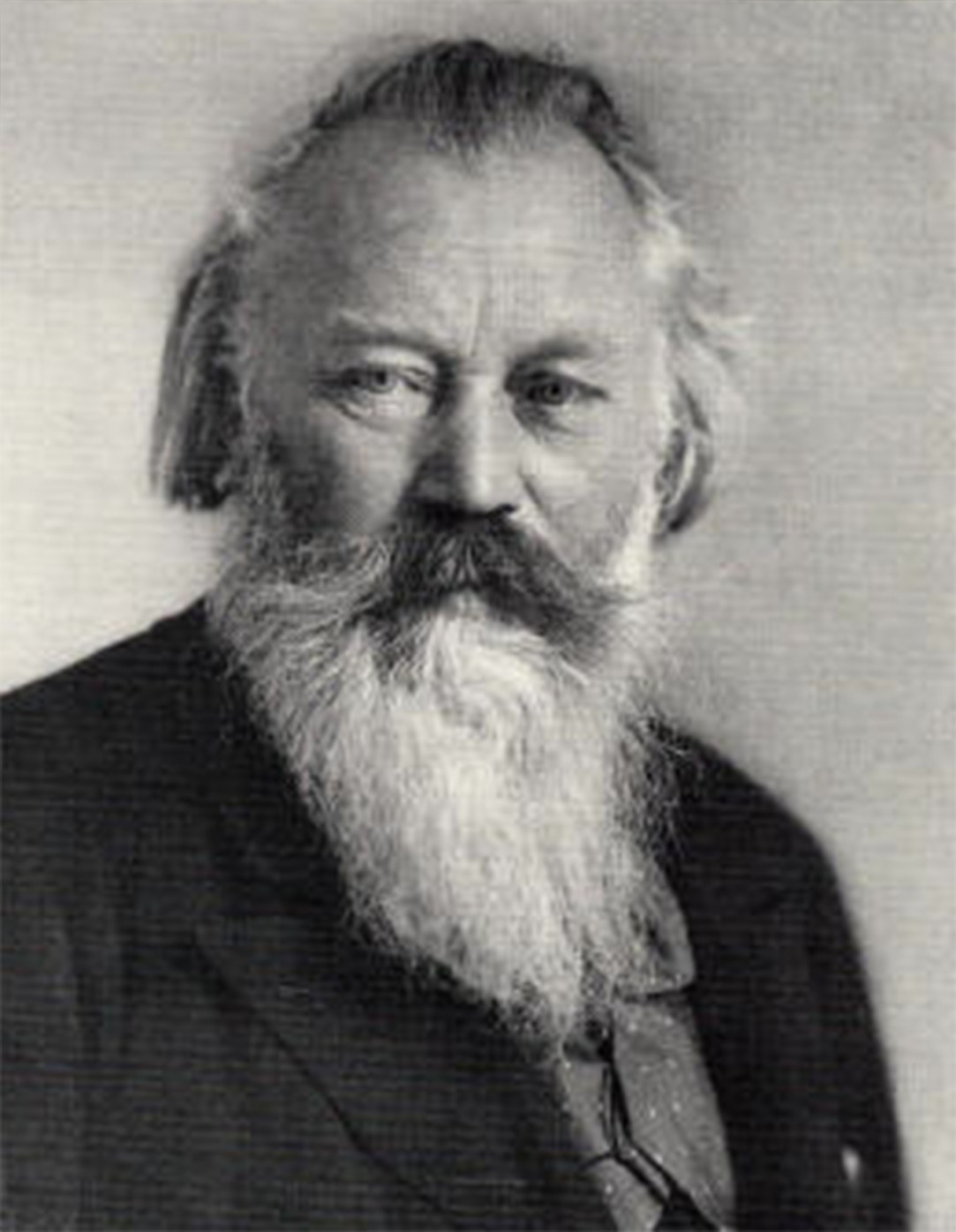|
||
|
Johannes Brahms in his early career was famed as a virtuosic pianist, and although he wrote for many different combinations of instruments, the majority of his compositions involve the piano. He felt less at ease writing for other instruments, and in particular his two concertos for stringed instruments - the violin concerto and the double concerto - caused him quite a lot of anxiety during their composition. In May 1853, while on a concert tour, Brahms met the Hungarian virtuoso violinist Joseph Joachim, and this was to prove a fruitful partnership. Although now Joachim is remembered only as a violinist, he was also a composer, and the two men worked closely together on compositional techniques. When Brahms at last began to write his violin concerto he relied very heavily on Joachim's knowledge of the instrument, and the work is justly dedicated to him. However, soon after a breach occurred in their friendship. In 1884 Joachim became convinced that his wife Amalie was having an affair with the publisher Fritz Simrock. Brahms thought that this notion was completely groundless, and tried to calm the situation by writing a sympathetic and supportive letter to Amalie. Unfortunately the marital dispute escalated into divorce proceedings, during which Brahms' letter was produced as evidence, souring his relationship with Joachim. One of Brahms' goals in writing the double concerto was to seek a reconciliation. The work contains a musical reference to a motto frequently used by Joachim: Frei Aber Einsam (free but lonely). The notes F-A-E had previously been used in compositions by both Brahms and Schumann to refer to Joachim, and in the double concerto Brahms rearranges them to F-E-A. After the first performance Brahms gave the manuscript to Joachim, with the inscription "To him for whom it was written" finally restoring the friendship. The concerto follows the established pattern of the time. It begins with a fast and dramatic movement, in which the soloists have virtuosic episodes contrasted with the full orchestra. The harmonic language is typical of Brahms, being based on triadic movements, and the orchestration belongs to the late romantic tradition. By contrast the second movement is slow, reflective and lyrical. The concerto concludes with a lively finale with plenty of virtuosic writing for the soloists. Here we can trace the influence of Hungarian gypsy idioms. Brahms had, in his early career, been introduced to gypsy music in his role as an accompanist, and it remained an influence throughout his life. The Double Concerto was first performed on the 18th October 1887 in Köln. Brahms himself conducted, and the soloists were Joseph Joachim and Robert Hausmann. It was repeated several times in 1888, but failed to gain critical approval. Clara Schumann described it as "lacking brilliance for the soloists" and the critic Robert Specht described it as "one of Brahms' most unapproachable and joyless compositions". It was to be his last major orchestral composition, possibly because of the cool reception. For the last ten years of his life he wrote mainly vocal and chamber works. He did begin writing a second double concerto, but became disillusioned with the project and destroyed his sketches. Although the work is now recognised as a masterpiece it is not performed as frequently as his other concertos, perhaps because it calls for two brilliant and equally matched soloists.
Brahms' Double Concerto was performed by the Portobello Orchestra on the 26th November 2016. The solo violin was played by Joanne Chen, the solo cello by Eric Villeminey and the orchestra was conducted by Sam Jones. back |
 |
|
